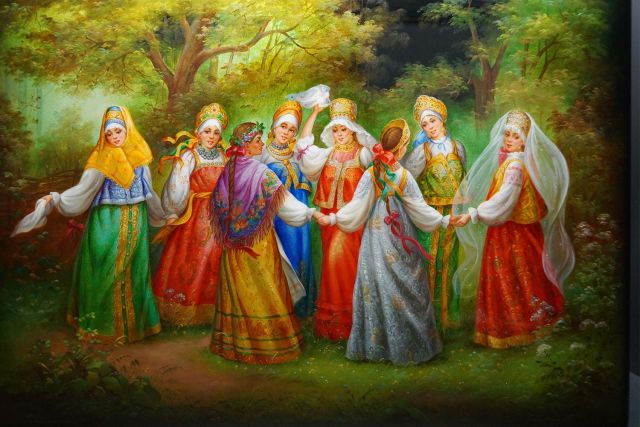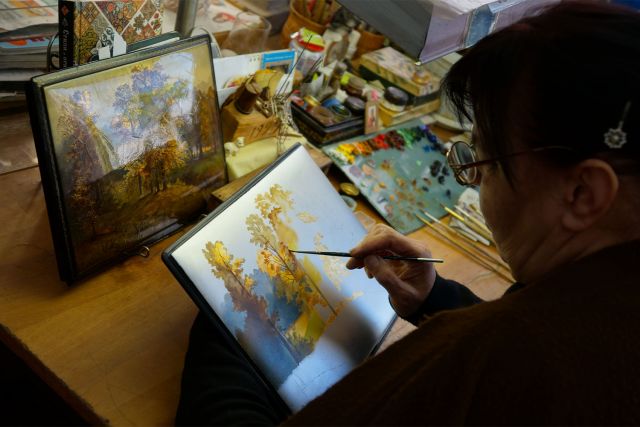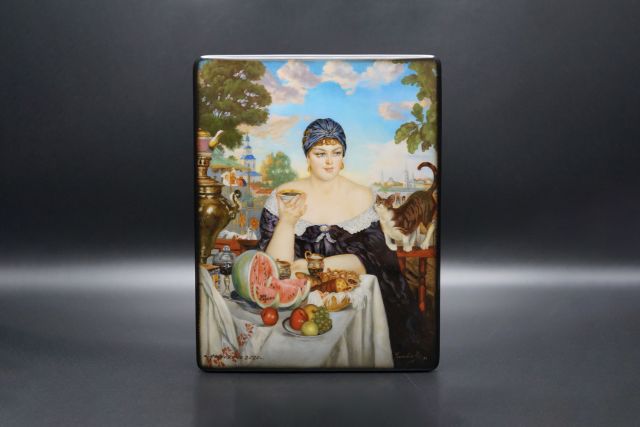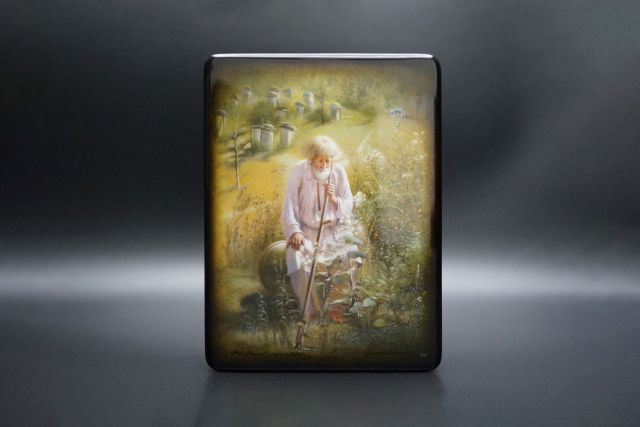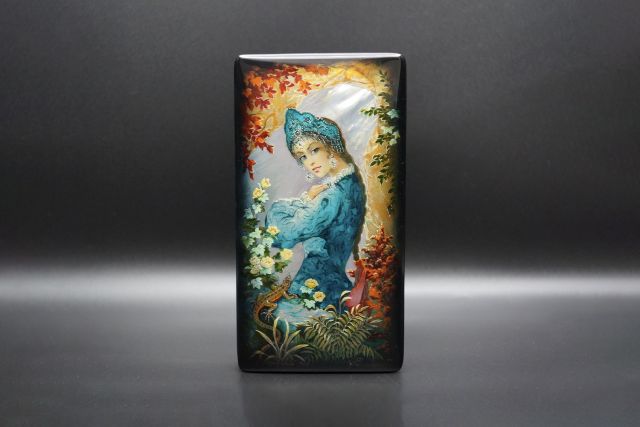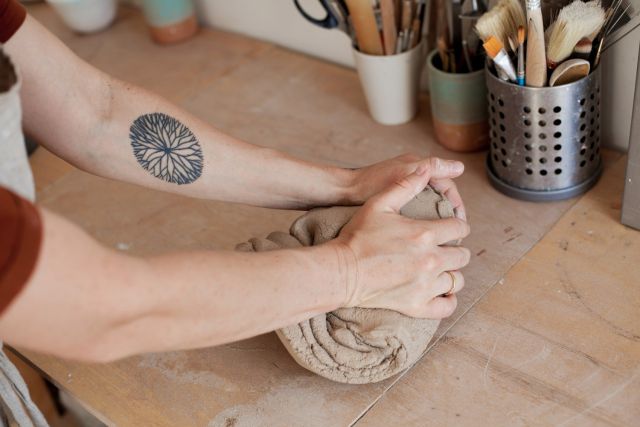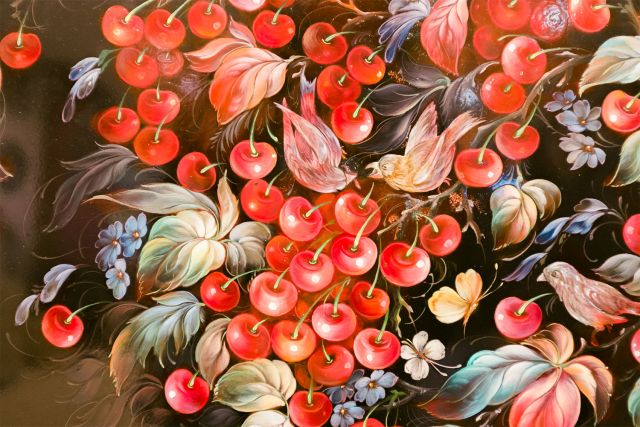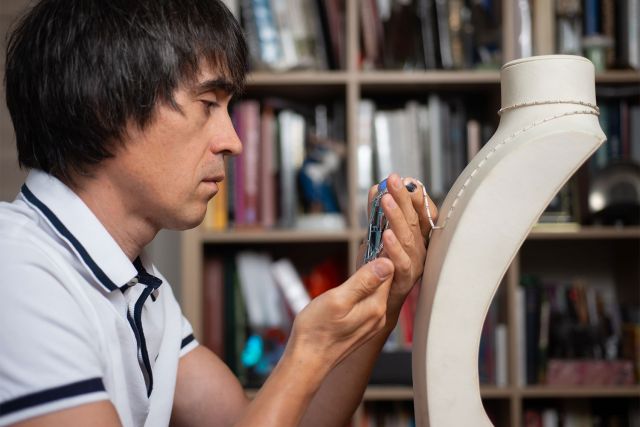
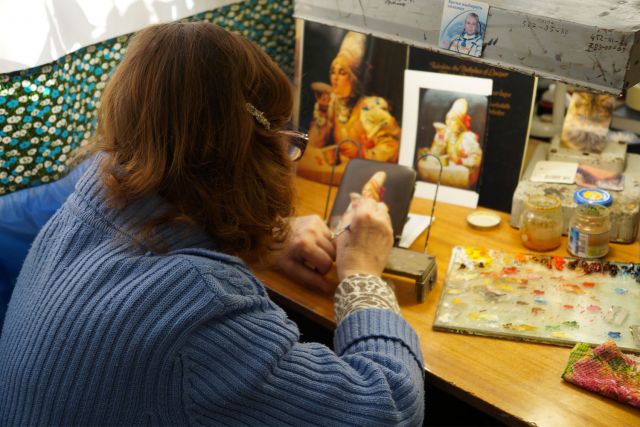
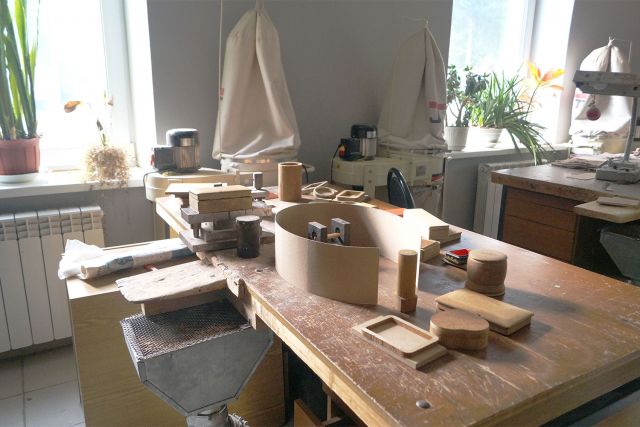
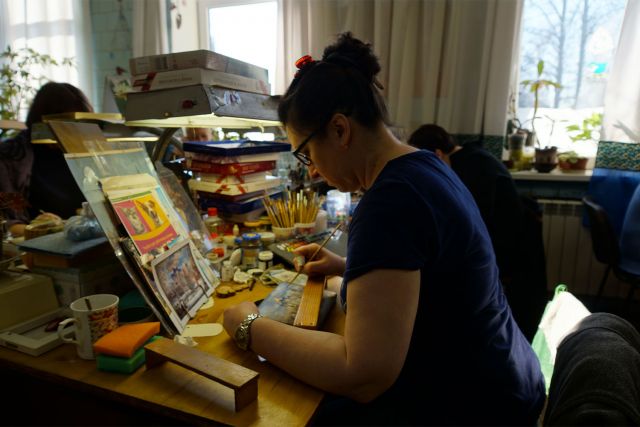
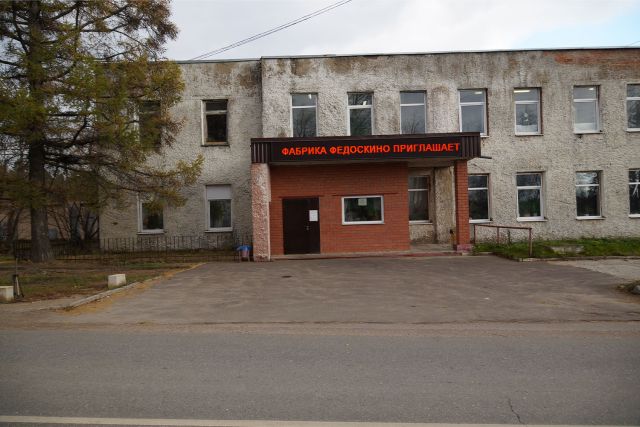
Fedoskino
- Lacquering
- Moscow, Russia
- Manufacturer
- Recommended by Alexander Rymkevich
- Guided tour only
The history of this legendary manufacturer dates back to 1795, when Moscow merchant Petr Korobov founded a lacquer workshop, which originally made lacquered visors for the army. The range soon moved on to lacquer papier maché boxes, and the business flourished nationwide in the early 1800s, when it was inherited by Korobov’s son-in-law Petr Lukutin, who created the Fedoskino with its unique painting technique that we know today. The elaborate minuatures are painted with oils, involving three layers and then covered with four coats of a light oil varnish. Upon drying the items are smoothed with a grain pumice and polished with rottenstone powder, and then with a piece of beaver lamb fur. For the painting, renowned for its volume and depth, only squirrel brushes are used.
One original Fedoskino technique is the transparent style of painting, when light-reflective materials (metal powder, gold leaf or silver foil) are applied on the surface before painting. Sometimes the boxes are inlaid with mother-of-pearl or decorated with filigree. In 2011, a Fedoskino lacquer box depicting a winter landscape of 19th century Moscow with a view of the Cathedral of Christ the Saviour, was sent by the Russian president to Prince William and his wife, the Duchess of Cambridge on the occasion of their wedding.




